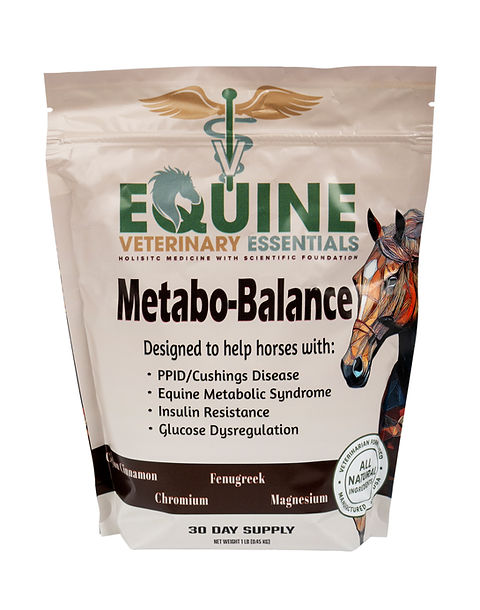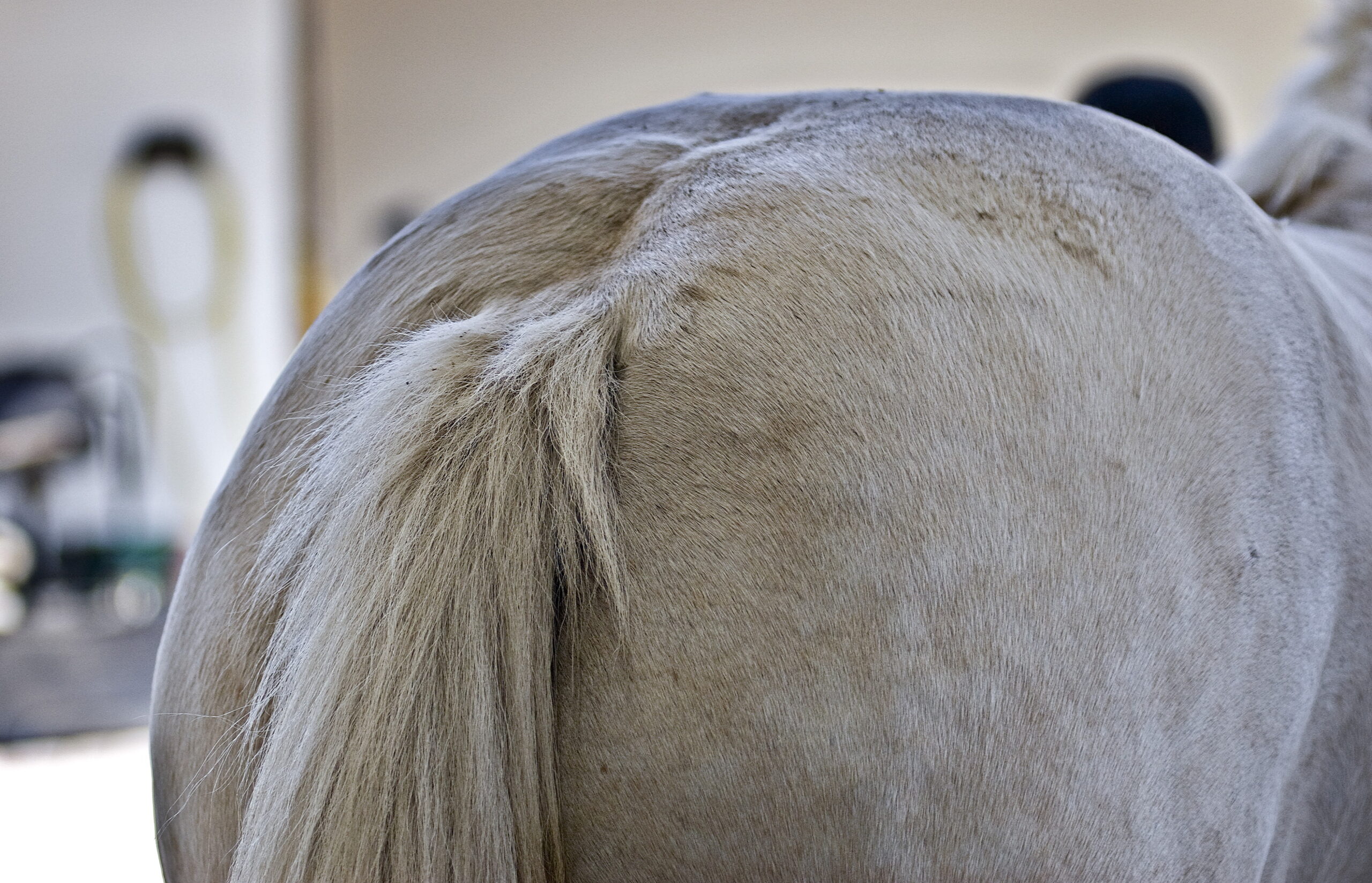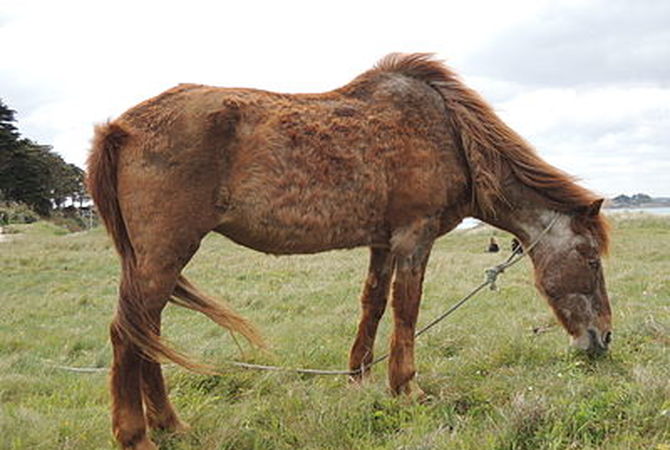Managing Horses with Insulin Resistance: A Comprehensive Guide

Insulin resistance in horses is a metabolic disorder that affects their ability to regulate blood sugar levels effectively. This condition can lead to serious health issues such as laminitis, obesity, and decreased performance. Understanding how to manage horses with insulin resistance is crucial for their well-being and longevity.
What is Insulin Resistance in Horses?

Insulin resistance occurs when the horse’s cells become less responsive to insulin, a hormone that helps regulate glucose uptake from the bloodstream. As a result, glucose remains elevated in the blood, prompting the pancreas to produce more insulin. Over time, this can lead to metabolic imbalances and complications.
Causes and Risk Factors

- Genetics: Certain breeds like ponies, Morgans, and Arabians are more predisposed.
- Obesity: Excess fat, especially around the neck and rump, increases risk.
- Diet: High intake of non-structural carbohydrates (NSCs) such as sugars and starches.
- Lack of Exercise: Sedentary lifestyle contributes to decreased insulin sensitivity.
Symptoms to Watch For

- Weight gain or difficulty losing weight
- Fat deposits in unusual areas (cresty neck, tail head)
- Recurrent laminitis or hoof sensitivity
- Lethargy or decreased performance
Management Strategies
1. Dietary Management
| Component | Recommendation | Notes |
|---|---|---|
| Forage | Low-NSC hay or pasture | Test hay for sugar content |
| Concentrates | Minimize or eliminate | Use only if necessary with vet advice |
| Supplements | Chromium, magnesium, and vitamin E | May improve insulin sensitivity |
2. Exercise
- Regular, moderate exercise improves insulin sensitivity.
- Tailor exercise plans to the horse’s condition and fitness level.
3. Veterinary Care
- Regular monitoring of blood glucose and insulin levels.
- Use of medications if prescribed by a vet.
Frequently Asked Questions (FAQ)
Q1: Can insulin resistance be cured?
A1: While it cannot be completely cured, it can be effectively managed with proper diet, exercise, and veterinary care.
Q2: Is insulin resistance the same as Equine Metabolic Syndrome (EMS)?
A2: Insulin resistance is a key component of EMS, which also includes obesity and laminitis.
Q3: How often should I test my horse’s insulin levels?
A3: Testing frequency depends on the horse’s condition but generally every 3-6 months or as advised by your vet.
Conclusion
Managing horses with insulin resistance requires a multifaceted approach involving diet, exercise, and regular veterinary oversight. Early detection and consistent management can significantly improve the quality of life for affected horses.
This article provides a structured, informative, and SEO-friendly overview that can be expanded further with case studies or expert interviews if needed.
